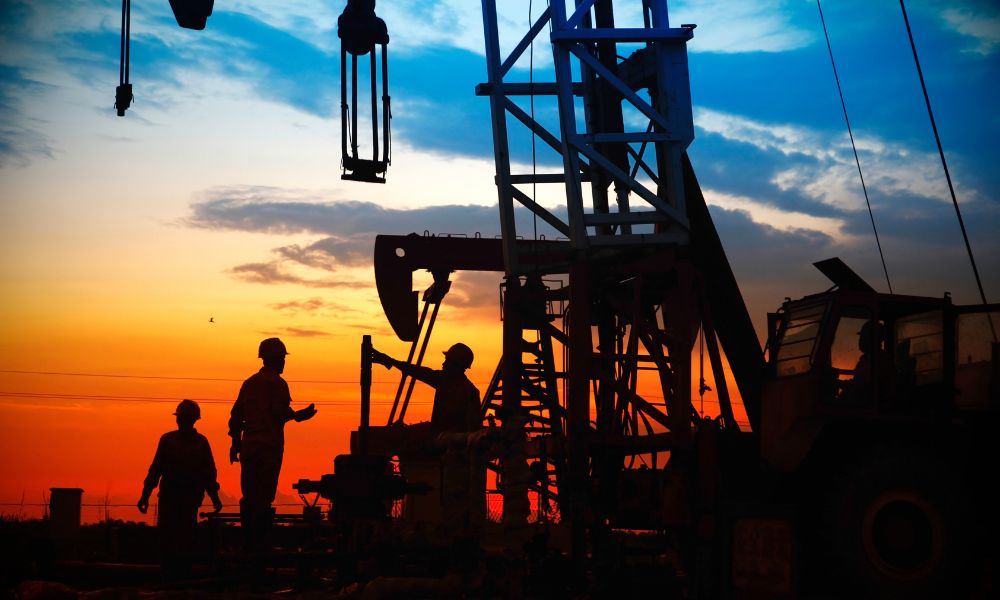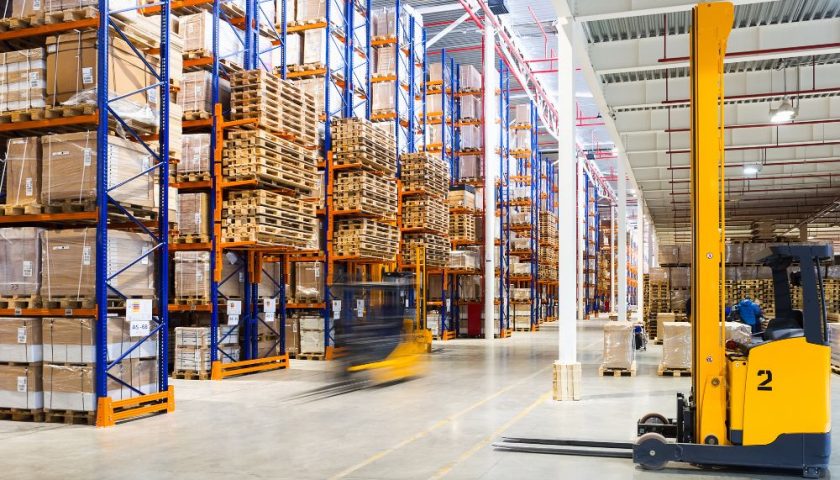The oil and gas industry has strict guidelines and standards to ensure optimal production rates and overall efficiency. Another layer of these guidelines includes maintaining rig worker safety while on-site. In this article, we discuss how workers can stay safe while adhering to job demands and responsibilities.
Fall Protection Gear Is Mandatory
Falling on an oil rig is, unfortunately, common and preventable. There are a variety of job demands that require elevated work environments, and this can create fall hazards. Before arriving on-site, rig workers should invest in fall protection gear.
Derrick hands are especially at risk because their duties often require elevations anywhere from 30 to 100 feet. And while derrick hands possess the most rig experience and knowledge, experience does not eliminate the possibility of an accident.
All rig workers can do a few things to help prevent falls and hazards. Some examples include:
- Placing a barrier around work areas where hoisting occurs
- Following all industry rigging equipment guidelines for proper use
- Avoiding standing underneath hoisted equipment or workers
- Completing all daily inspections prior to equipment use to confirm integrity
Follow Industry Standards for Tool Care
Every tool and device used on an oil rig must adhere to industry standards and guidelines. This includes all proper oil and gas industry equipment care guidelines and preventative maintenance measures.
Tools can corrode while performing service demands, and their structural integrity can degrade. Following the industry’s best practices for cleaning and care is the best way to avoid malfunction and costly replacements.
Vacate During a Fire
A fire can break out without warning. But usually, rig workers have some insights on potential hazards and impending risks. Rig workers can maintain their overall safety and livelihood by vacating the rig in the event of a fire.
These efforts are especially important when there are leaks, large spills, or sparks. Cleaning the affected areas and limiting the number of employees on a rig can ensure best practices and potentially save lives.
Rest During Downtimes
It’s not uncommon to have some downtime on-site, and it can be tempting to doze off. Falling asleep while on-site is incredibly dangerous because if an accident happens, you won’t be able to respond quickly. During downtime, workers must rest away from the rig to ensure they are awake, alert, and focused while on the job.
Rig workers play fundamental roles in the everyday consumers’ ability to access oil and gas. Rig workers must stay safe and healthy, and raising awareness about how to achieve these efforts is vital.





